Waymo's robotaxi service, an Alphabet subsidiary, announced on Tuesday that its vehicles can now drive on freeways in the San Francisco Bay Area, Los Angeles, and Phoenix. This marks a significant technical leap for the company, which has been testing autonomous vehicles since 2009. The robotaxis currently serve five US metros: Atlanta, Austin, Los Angeles, Phoenix, and the San Francisco Bay Area. Waymo plans to launch its service in several other US and international cities next year, including Dallas, Miami, Nashville, Las Vegas, Detroit, and London.
According to Waymo, the new service will allow its robotaxis to travel at higher speeds, significantly reducing journey times for longer trips. The company's engineers have been working to improve the vehicles' ability to navigate complex highway scenarios, including merging onto and off of freeways, changing lanes, and navigating intersections. "Our goal is to make our robotaxis as safe and efficient as possible, and this new capability is a major step forward," said a Waymo spokesperson.
Waymo's robotaxis use a combination of sensors, including lidar, radar, and cameras, to detect and respond to their surroundings. The vehicles are equipped with advanced software that enables them to make decisions in real-time, such as navigating through heavy traffic or avoiding pedestrians. The company has been testing its vehicles on public roads for over a decade, and has accumulated millions of miles of driving experience.
The expansion of Waymo's robotaxi service to include freeway travel is a significant development in the autonomous vehicle industry. It marks a major milestone for the company, which has been working to bring its technology to market for years. "This is a major breakthrough for Waymo and the entire autonomous vehicle industry," said a transportation expert. "It shows that the technology is ready for prime time, and we can expect to see more widespread adoption in the coming years."
Waymo also announced on Wednesday that it would begin offering curbside pickup and drop-off service at San Jose Mineta International Airport, allowing passengers to travel autonomously from San Francisco to San Jose, a service area of some 260 square miles. The company has been testing its vehicles in the Bay Area for years, and has accumulated a significant amount of data on the region's roads and traffic patterns.
The expansion of Waymo's robotaxi service to include freeway travel is a significant step forward for the company, and marks a major milestone in the development of autonomous vehicle technology. As the company continues to expand its service to new cities and regions, it is likely to have a major impact on the transportation industry.




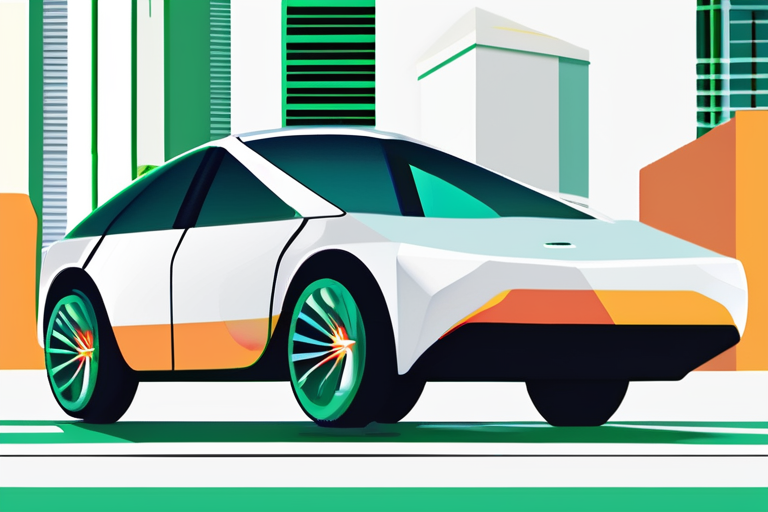
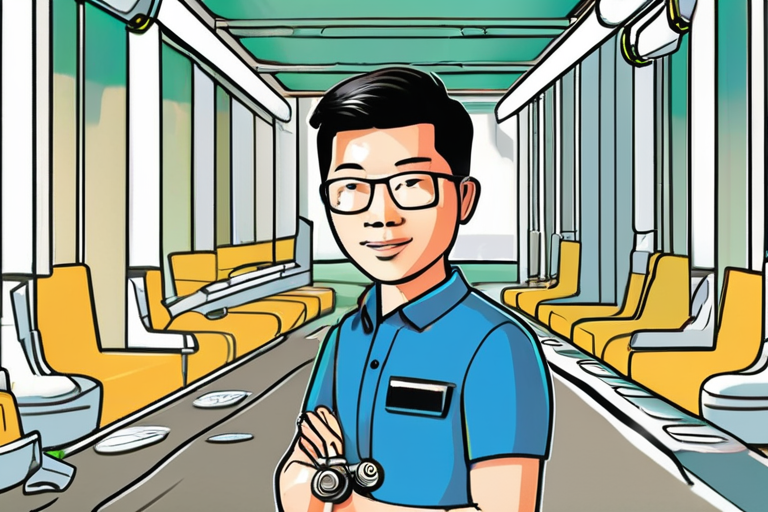
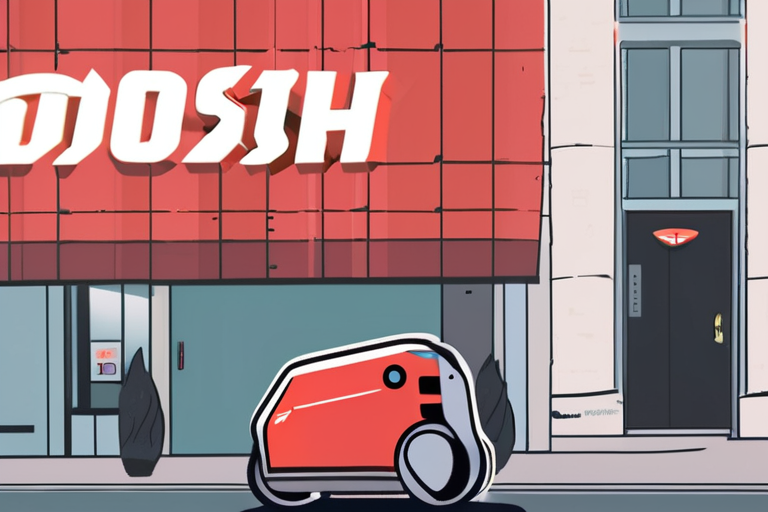


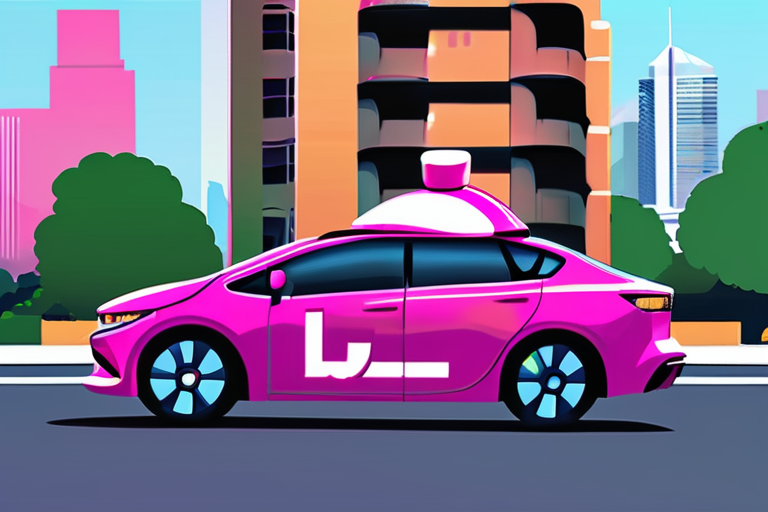
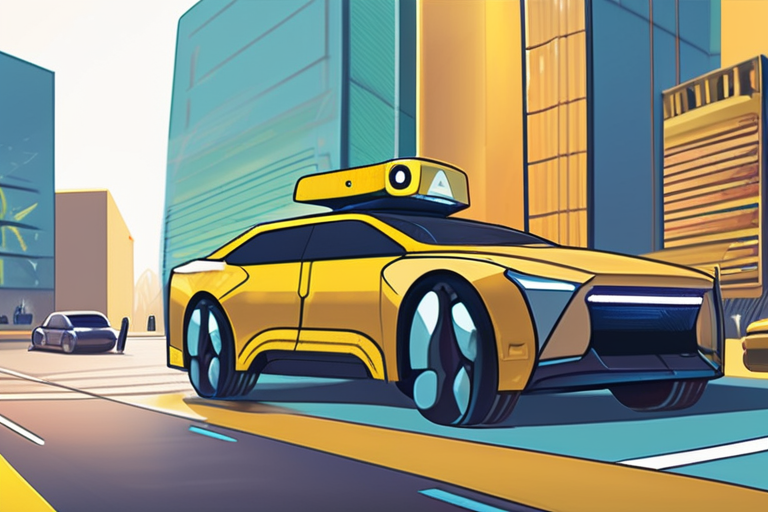


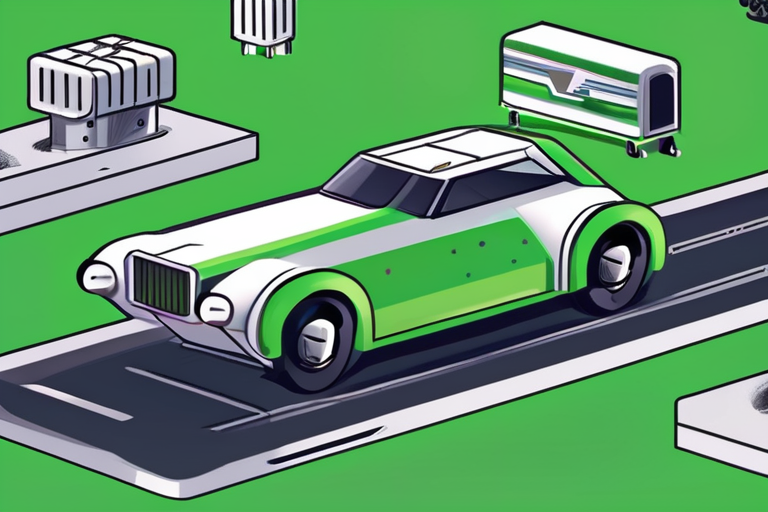
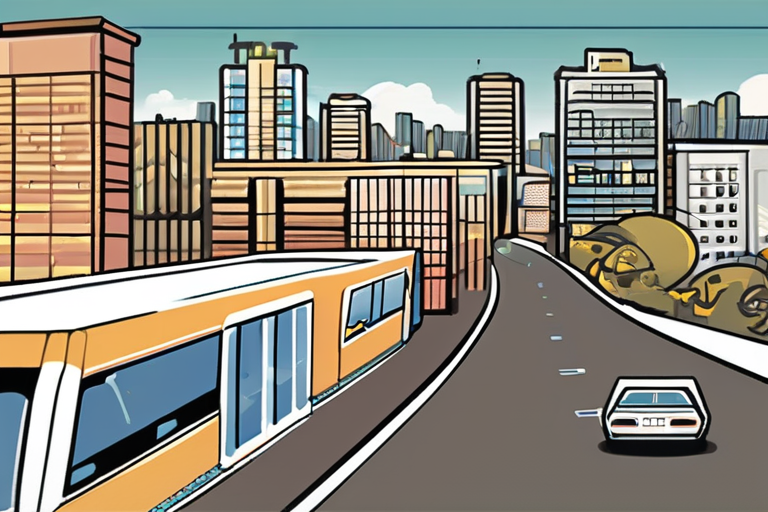

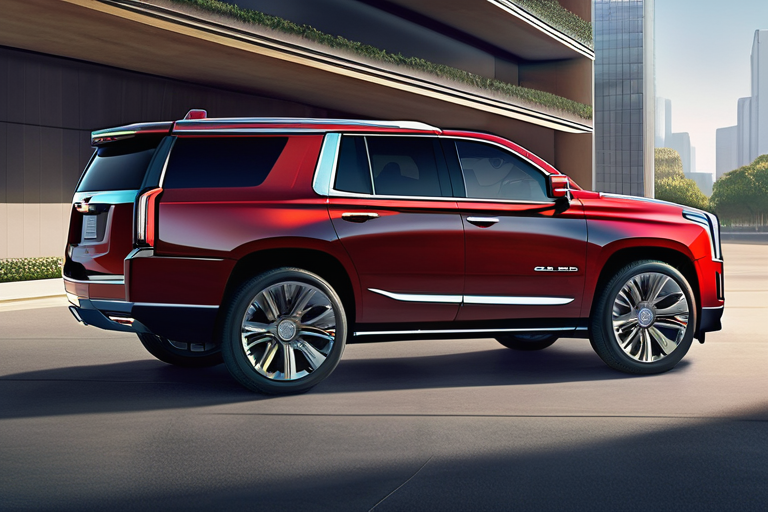
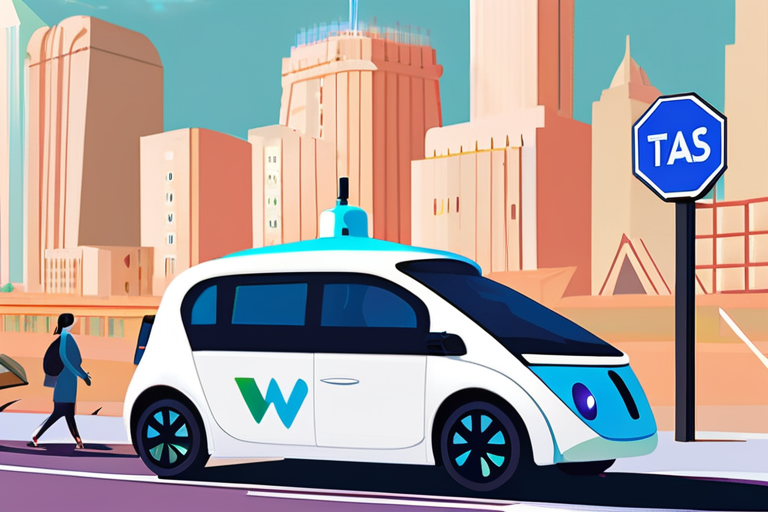

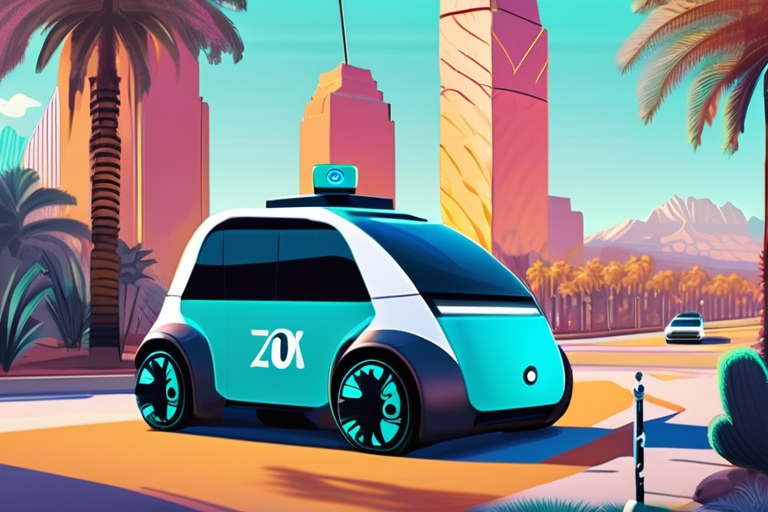



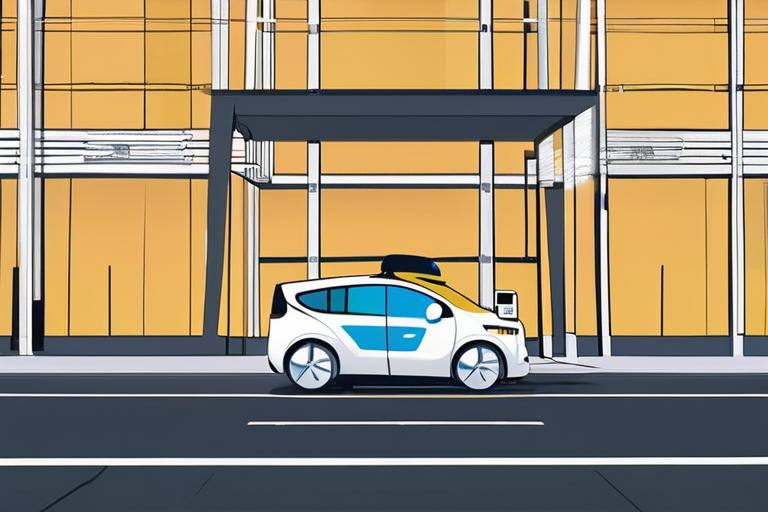

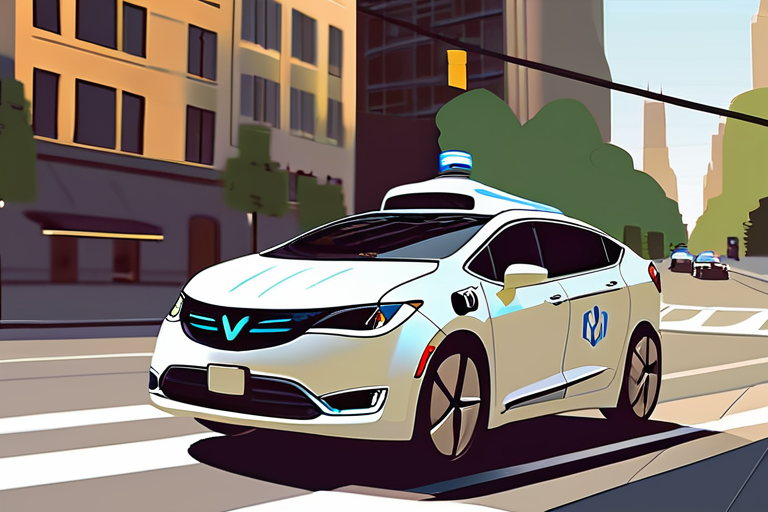
Share & Engage Share
Share this article